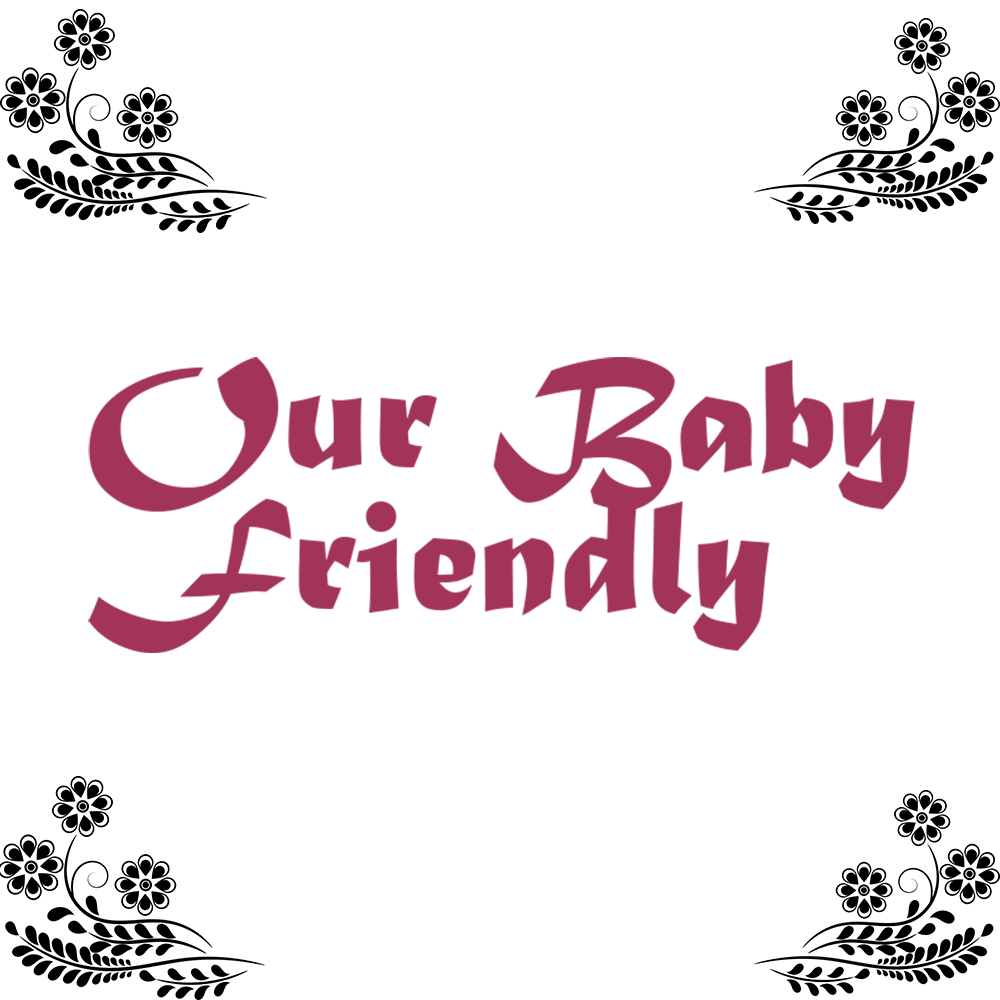Tips for Choosing Baby Blankets
Recommendations
First and foremost, seek word-of-mouth recommendations. What blankets did your friends and siblings use that they loved? This can be one of the best and easiest ways to find something that you will love, too.
Safety
Second, when it comes to blankets, as with all baby products, consider safety. Know how a blanket can be safely used. Newborns and babies cannot be safely covered with a loose or heavy blanket while unattended. In fact, the current American Academy of Pediatrics recommendation is to keep all soft objects and loose bedding out of the bed for the baby’s first year so as to reduce risk of suffocation. That said, infants can be safely swaddled with a thin, tight-fitting blanket and placed on their back to sleep. Newborns and babies should not be wrapped in heavy, thick blankets for sleeping. Many companies make wearable blankets that help keep baby warm while keeping baby safer from suffocation.
Purpose, Material, Size, Weight
The material of the blanket you choose for your baby may be the most important consideration. Depending on what you’re using the blanket for — ie, swaddling to sleep or for warmth while traveling out and about — the material, size, and thickness of the blanket will differ. For swaddling, the bigger (in size) and more lightweight/breathable, the better. Choose fabrics like muslin or lightweight cotton or bamboo. Choose a square blanket no smaller than 42″ x 42″.
For traveling outside the house and using a blanket as a cover in cooler temperatures, heavier weight cotton, cashmere, wool, flannel, fleece, or minky fabrics are more appropriate. Heavier blankets should not be used for sleeping. When using heavier blankets, your baby should be supervised at all times and the blanket should be pulled up only to their chest.
Large and heavier knitted blankets, quilts, and afghans are best used as a cushioned surface on the floor for play time, dressing, and diapering, etc.
Weather
Consider also the season in which you are having your baby. In the warmer months, you may need only lighter blankets (or none at all!) for outdoors as well as a light blanket for being in air conditioned environments. In cooler temperatures, lighter blankets depending on the temperature of indoor environments (an well heated room), mid-weight for cooler indoor rooms, and heavier blankets for transporting baby outdoors.
How Many?
Contrary to what you may receive at your baby shower, you do not need 20 baby blankets. For swaddling blankets, it helps to have 3-5 to rotate between in the event of excessive spit up or diaper leaks. For sleep sacks, it helps to have at least two and ideally one or two more as these tend to get wet frequently. As for less-frequently-used heavier weight blankets, a couple will suffice (though you’ll likely receive far more as gifts!).

 PARENTING TIPS
PARENTING TIPS PREGNANCY
PREGNANCY BABY CARE
BABY CARE TODDLERS
TODDLERS TEENS
TEENS HEALTH CARE
HEALTH CARE ACTIVITIES & CRAFTS
ACTIVITIES & CRAFTS


